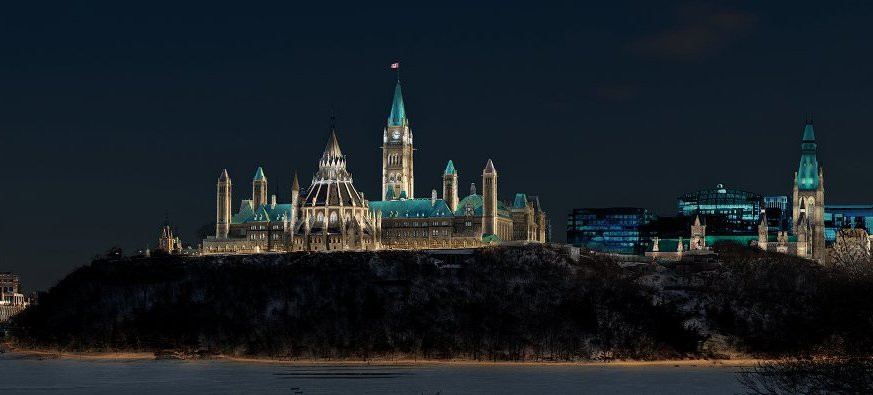
Dominique Huras
Strategic Communications Advisor
News Release
Published on July 24, 2018
The NCC Board of Directors approved the Capital Illumination Plan, 2017–2027, during today’s public meeting. It is one of 17 milestone projects identified in the Plan for Canada’s Capital, 2017–2067. The illumination plan will serve as a guide for future lighting projects, and shape the beauty of the Capital’s nighttime landscape in the decades to come.

About
Capital Illumination Plan, 2017-2027
The plan is based on six principles:
- Adopt responsible environmental management practices.
- Reveal the beauty of the central Capital landscape.
- Showcase Confederation Boulevard.
- Strengthen the multiple identities of the core area—including its symbolic function, its social and economic function, and the significant presence of natural landscapes.
- Balance the role of light and the role of darkness.
- Collaborate and coordinate in support of a global nighttime image.
The plan identifies several priority illumination projects for the NCC in the next five years, including Richmond Landing, Rideau Hall, Nepean Point, Confederation Park and the Sussex Courtyards.
This plan received significant support from the public during an online public consultation in summer 2017. More than 80 percent of respondents agreed with the vision proposed by the plan.
NEXT STEPS
- The development of the lighting charter in collaboration with key partners
- The development of the detailed implementation strategy
- The development of an annual implementation report
BACKGROUND
The NCC’s Capital Illumination Plan, the first of its kind, has established a compelling and cohesive illumination vision to enhance the Capital’s nighttime beauty, as well as the experience of residents and visitors. This plan also seeks to foster sustainability and promote responsible environmental management.
The plan will cover the Capital’s core area, including the lighting of significant sites, buildings, monuments and public art.
The NCC worked with federal and municipal partners, stakeholders, and the public in developing the plan. Partners include Parks Canada, Public Services and Procurement Canada, the cities of Ottawa and Gatineau, key stakeholder groups such as Safe Wings Ottawa, Business Improvement Areas, and Hydro Ottawa—all of whom play a key role in lighting the core of the Capital.
PUBLIC ENGAGEMENT
The NCC engaged stakeholders and the public on four occasions to gather feedback on the Capital Illumination Plan.
- 2014: A session in the Capital Urbanism Lab introduced residents to the elements of creating a meaningful and successful lighting master plan for cities.
- 2015: Stakeholders participated in a workshop to discuss the objectives of the illumination plan, and identify specific sites that should be illuminated.
- 2016: The NCC hosted a series of night walks for the public, to gather thoughts and ideas on the nighttime environment.
- 2017: An online survey on the draft Capital Illumination Plan, 2017–2027, was conducted to receive the public’s feedback.
QUOTE
The Capital Illumination Plan 2017-2027 will be a significant legacy of Canada’s sesquicentennial. Creating a compelling and cohesive vision for the urban nightscape will help build a thriving and connected Capital for the 21st century.
Dr. Mark Kristmanson, Chief Executive Officer, National Capital Commission